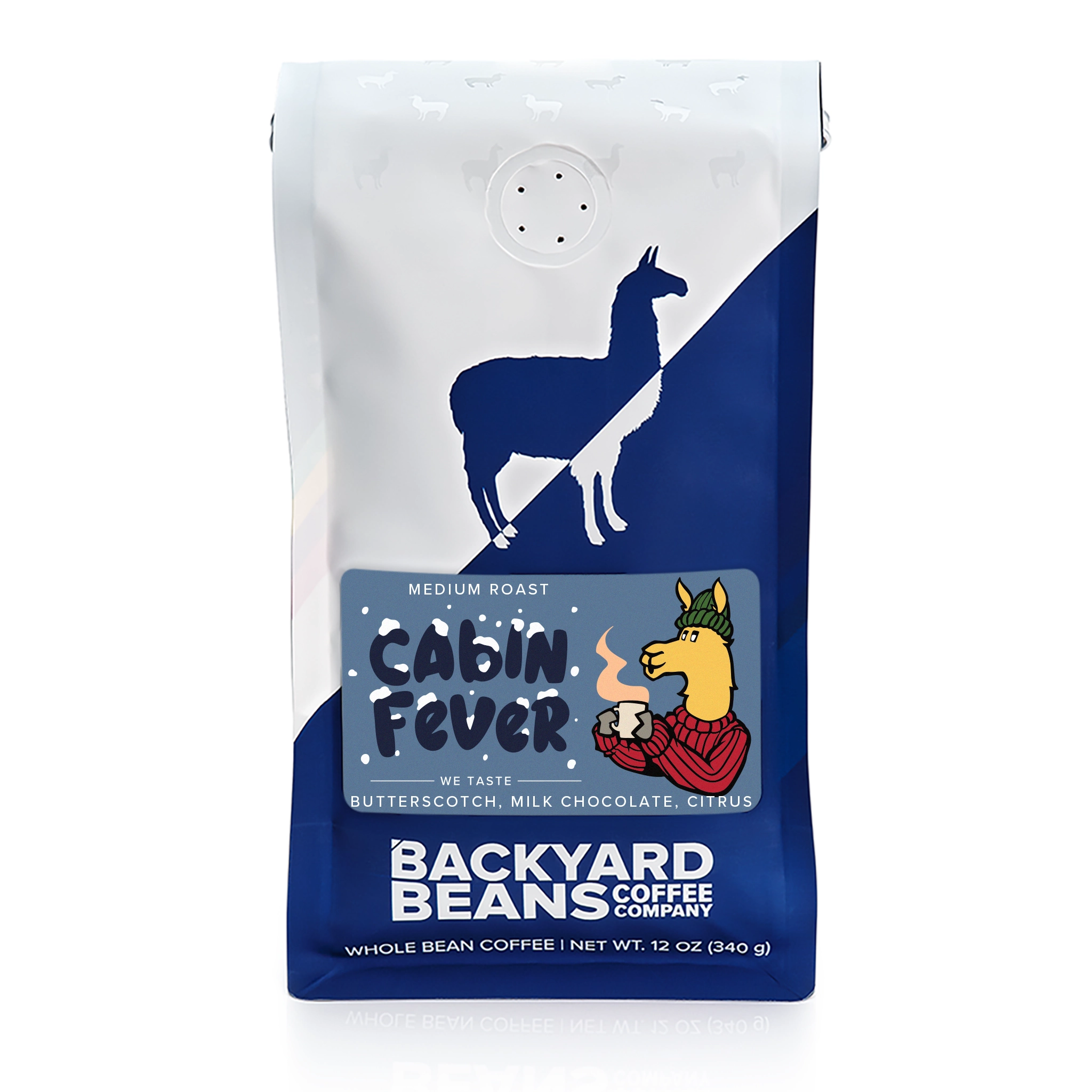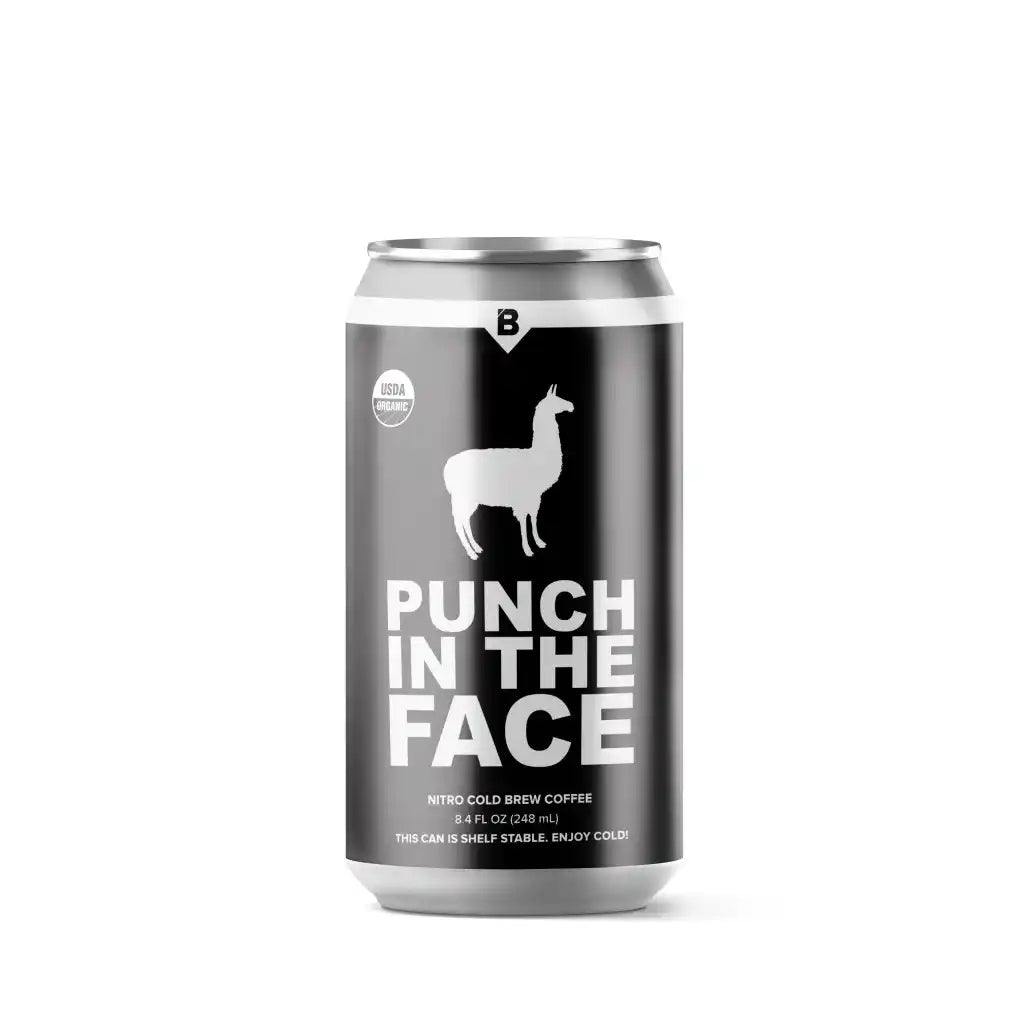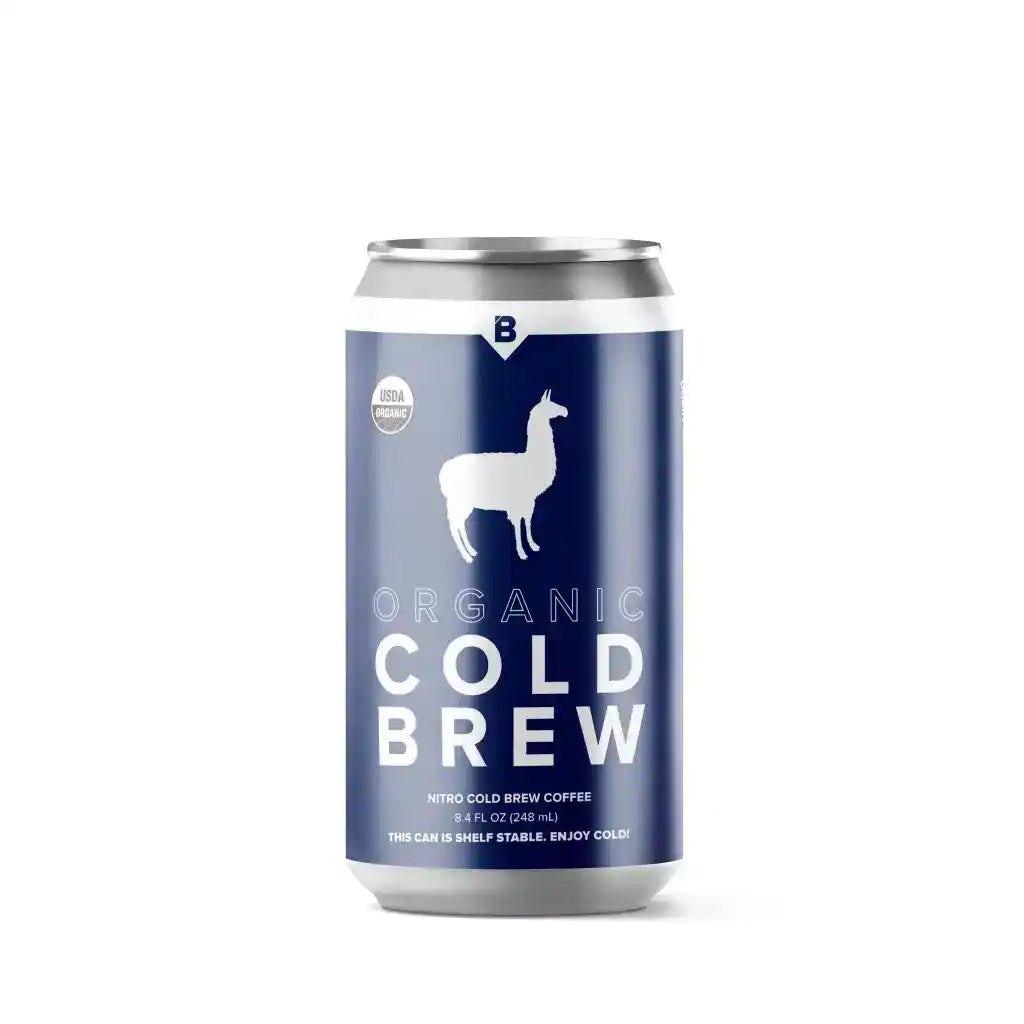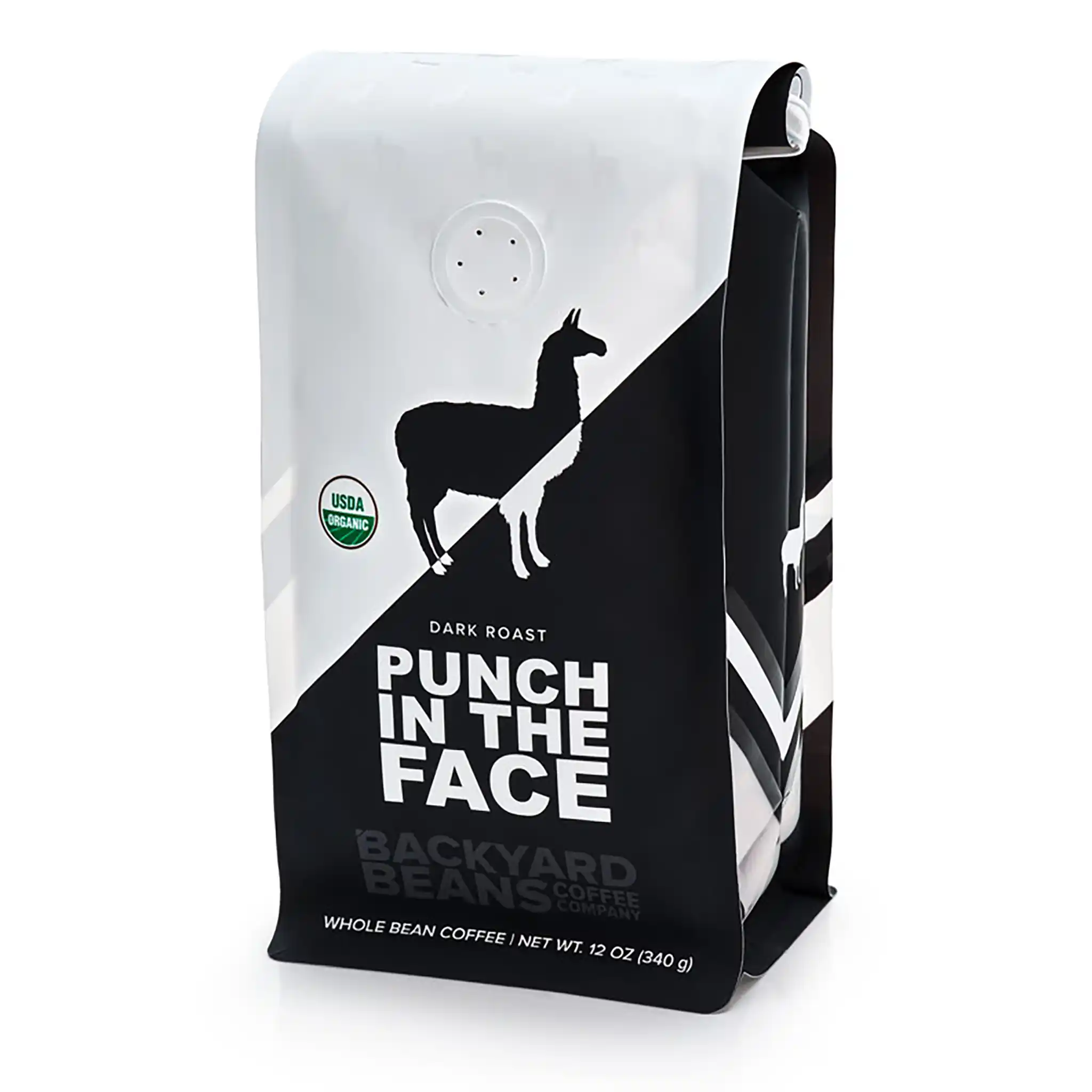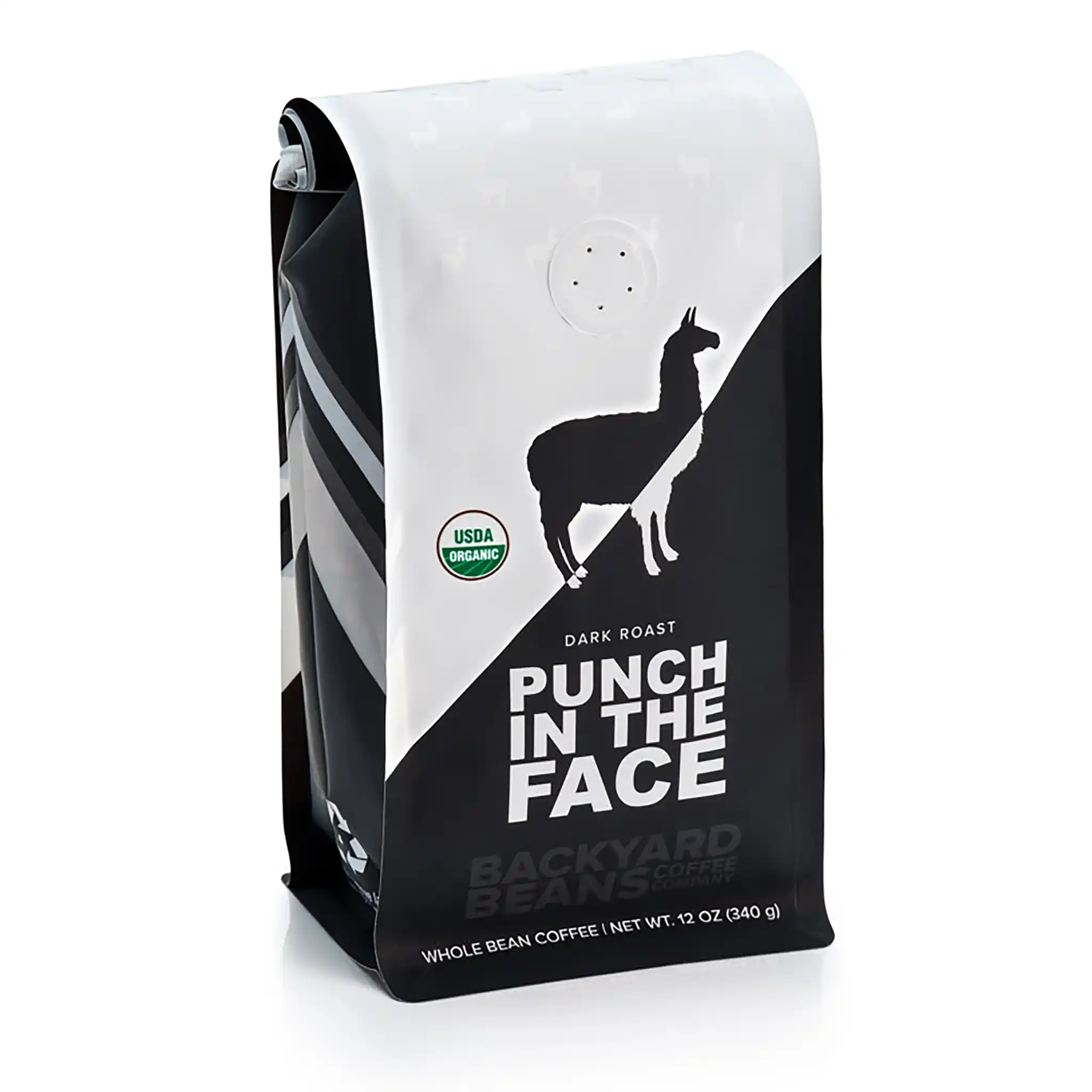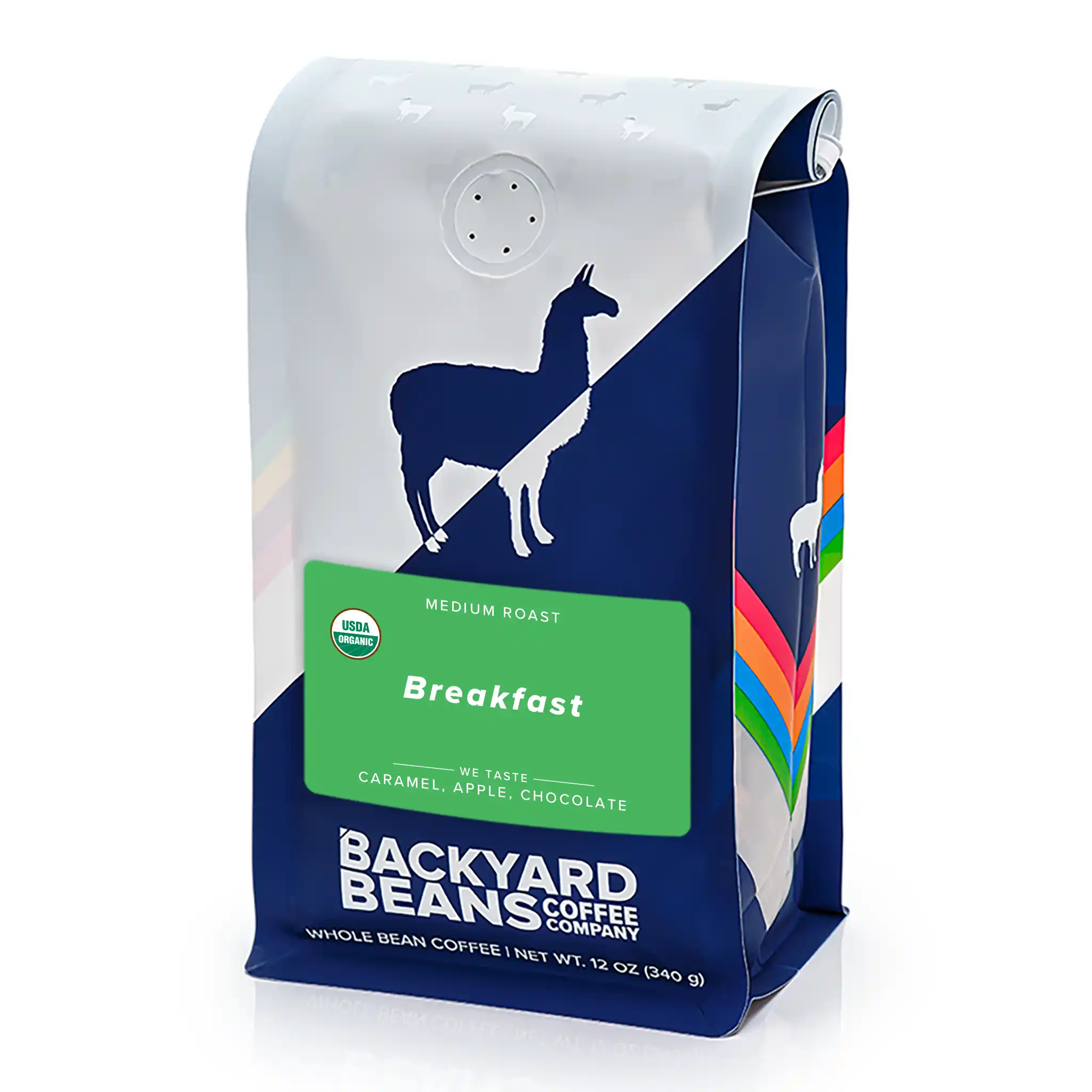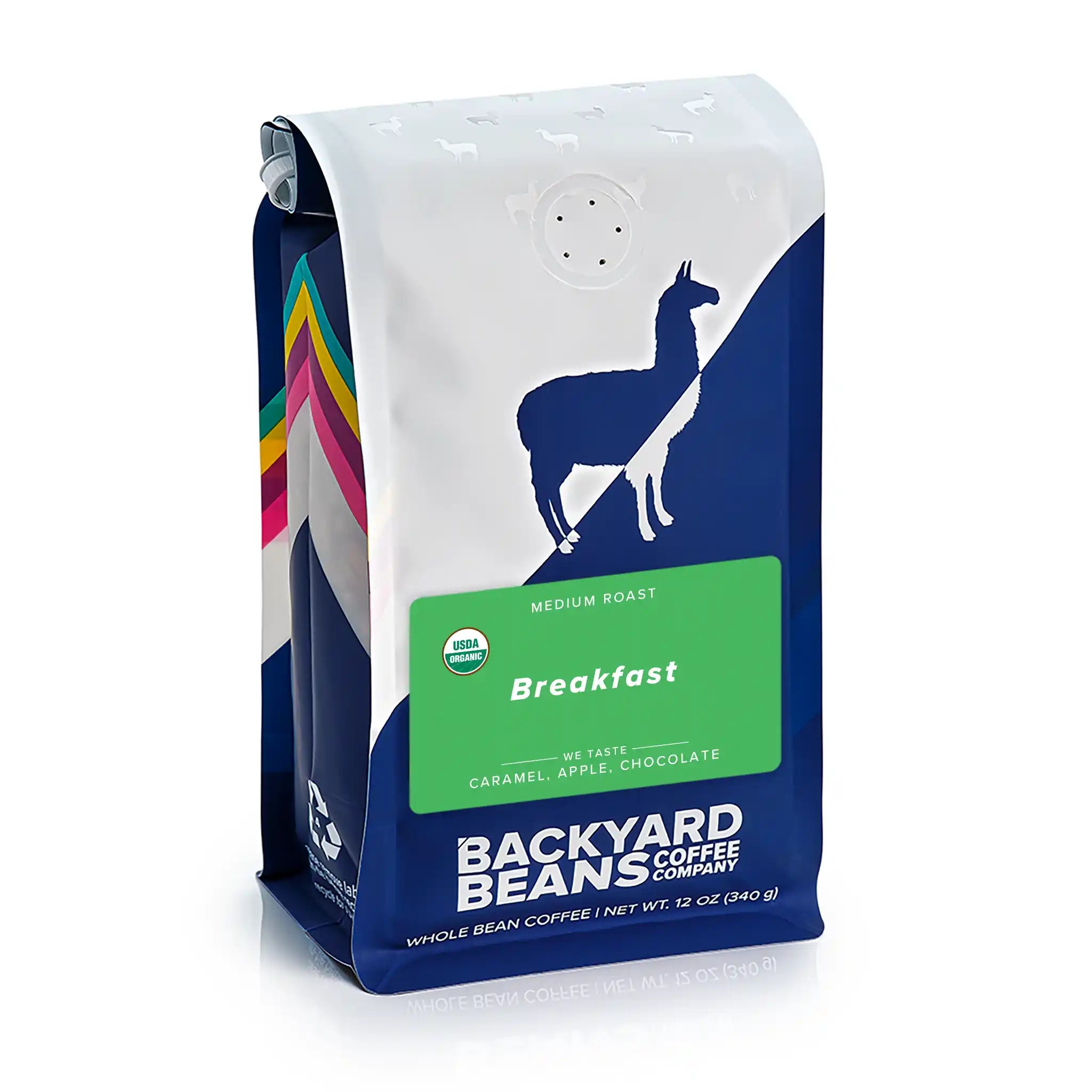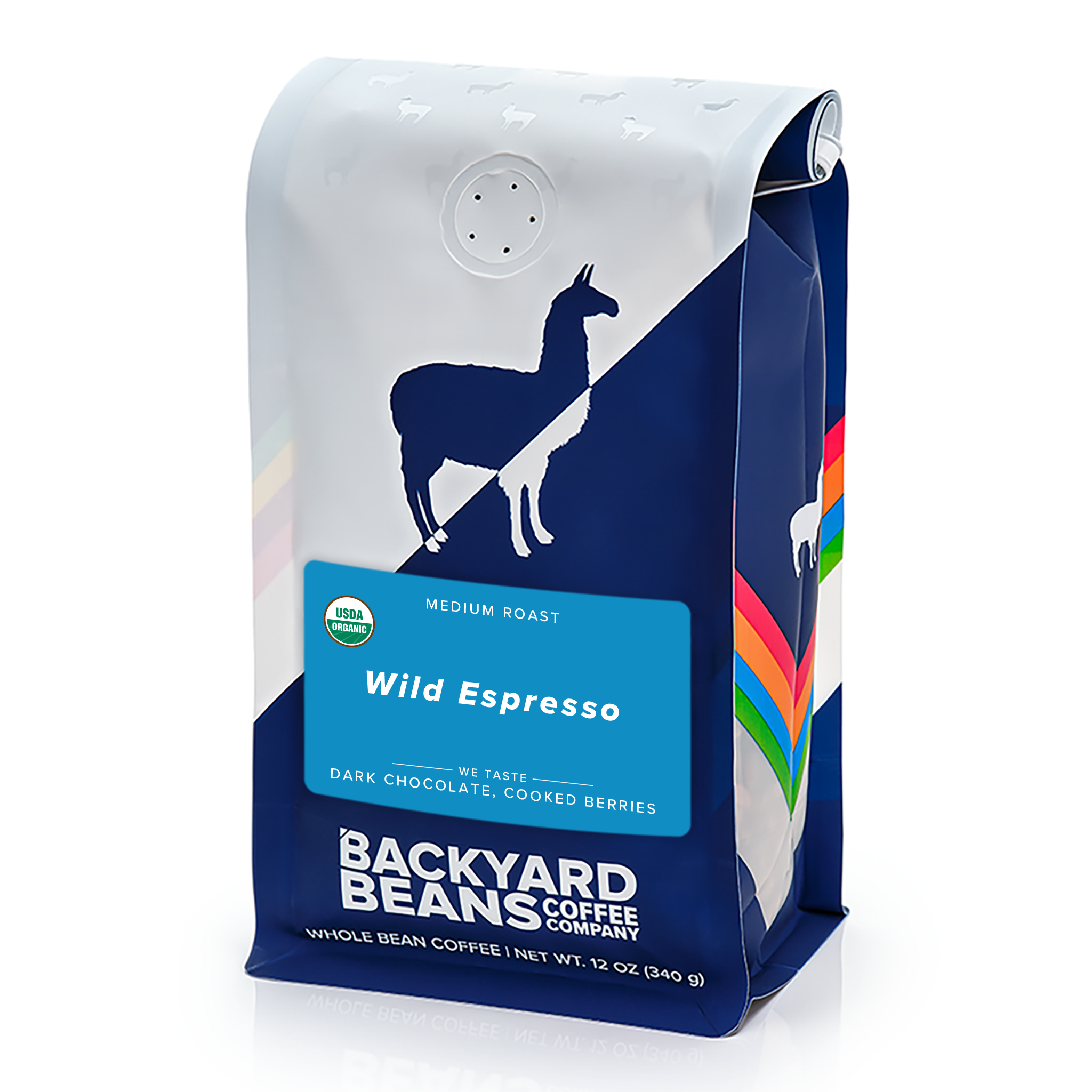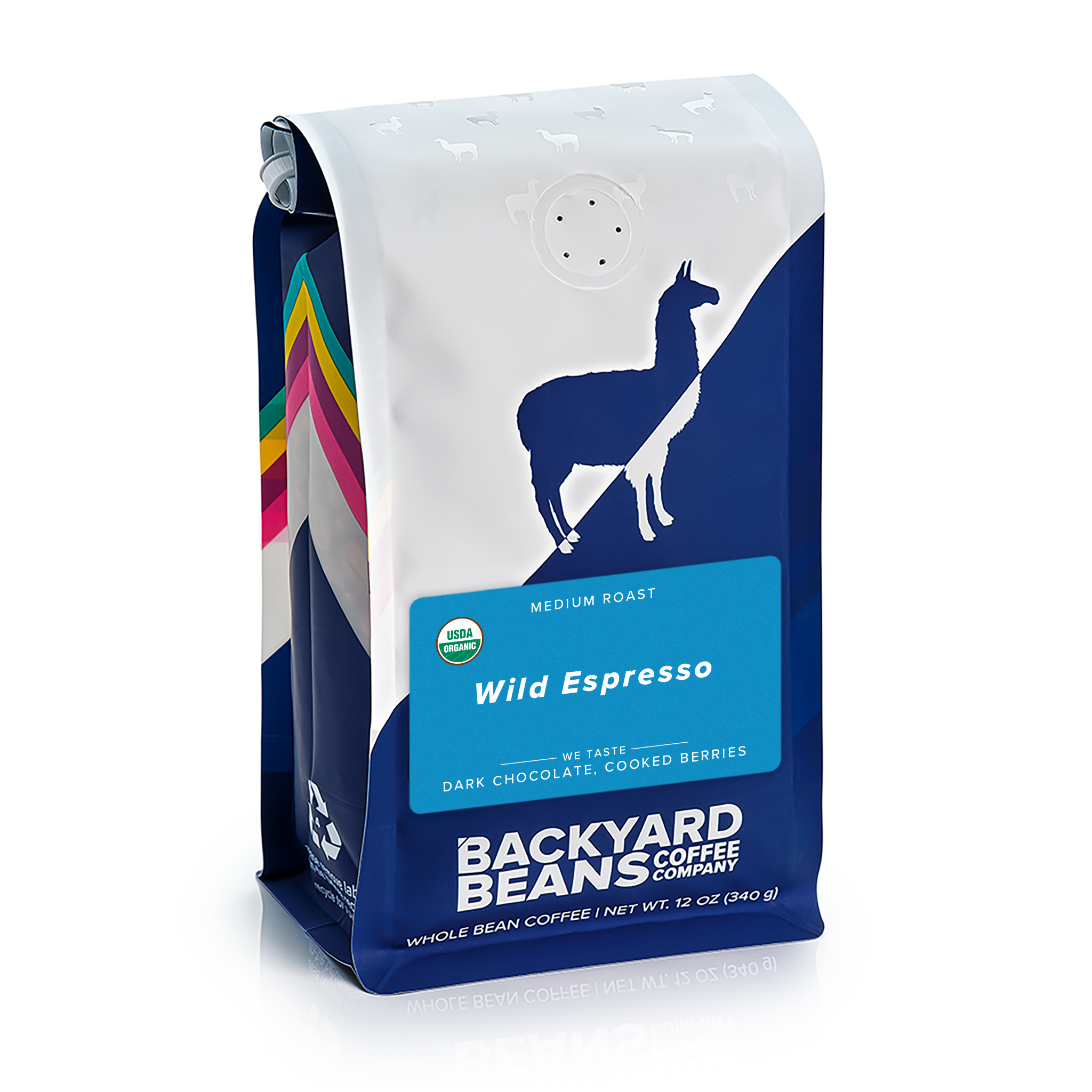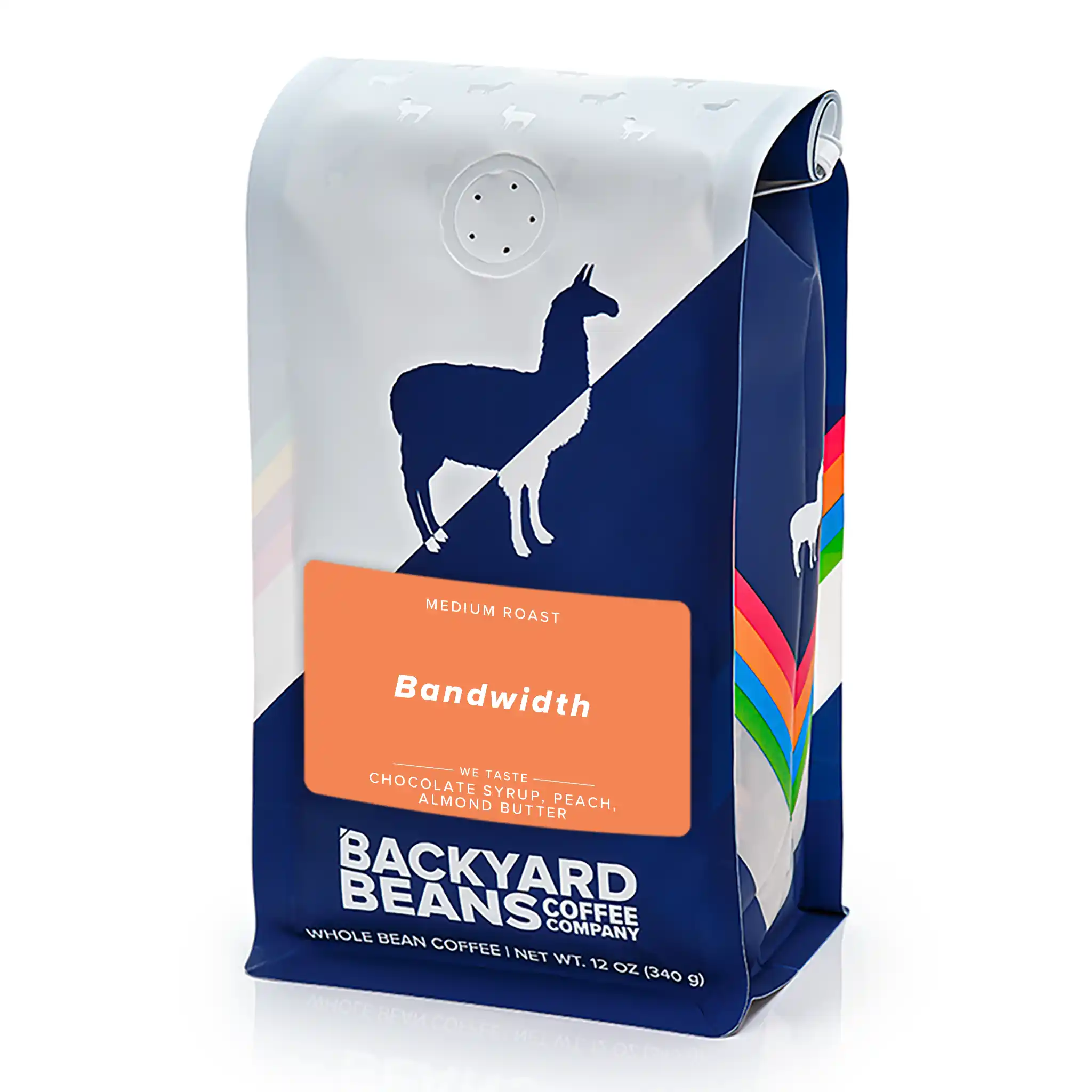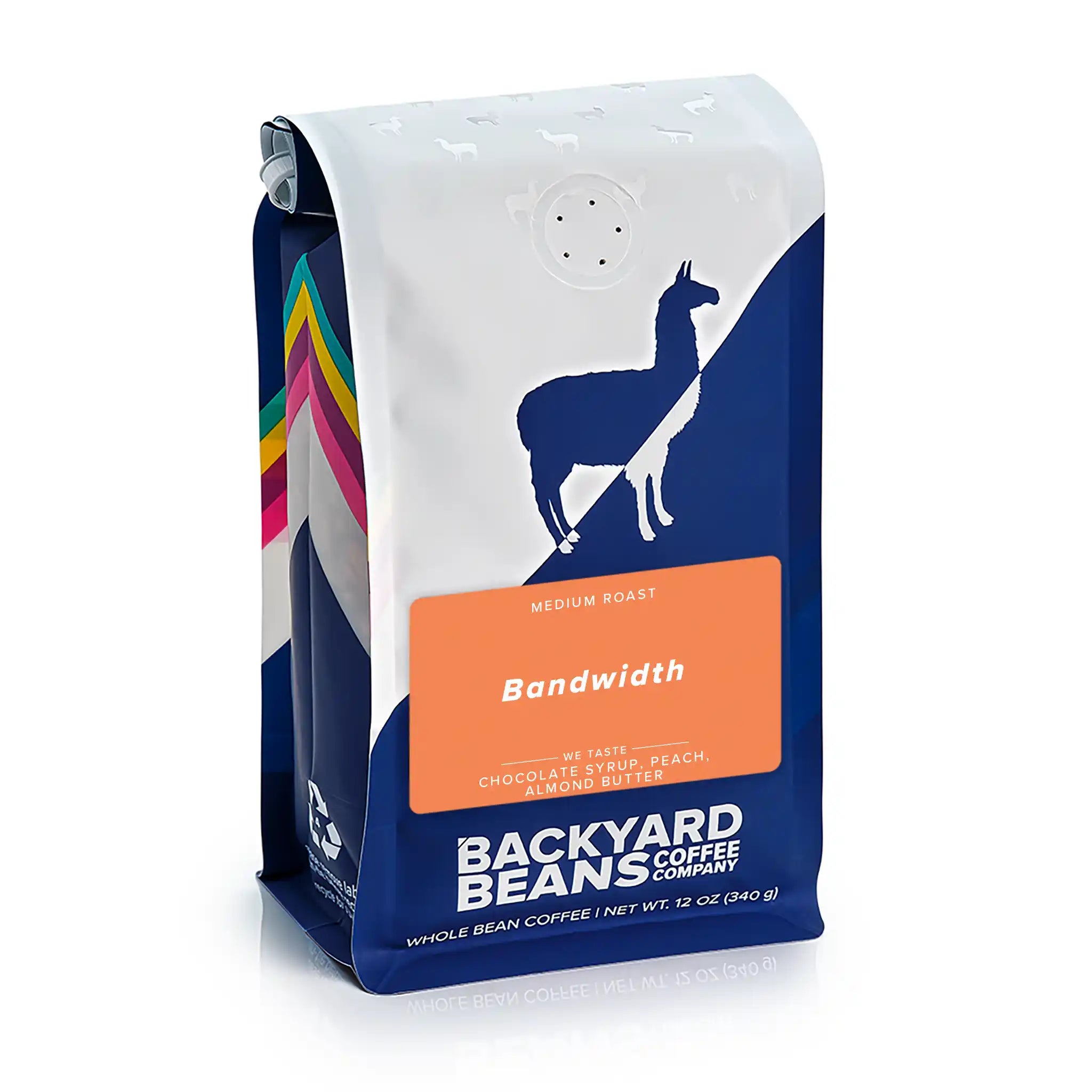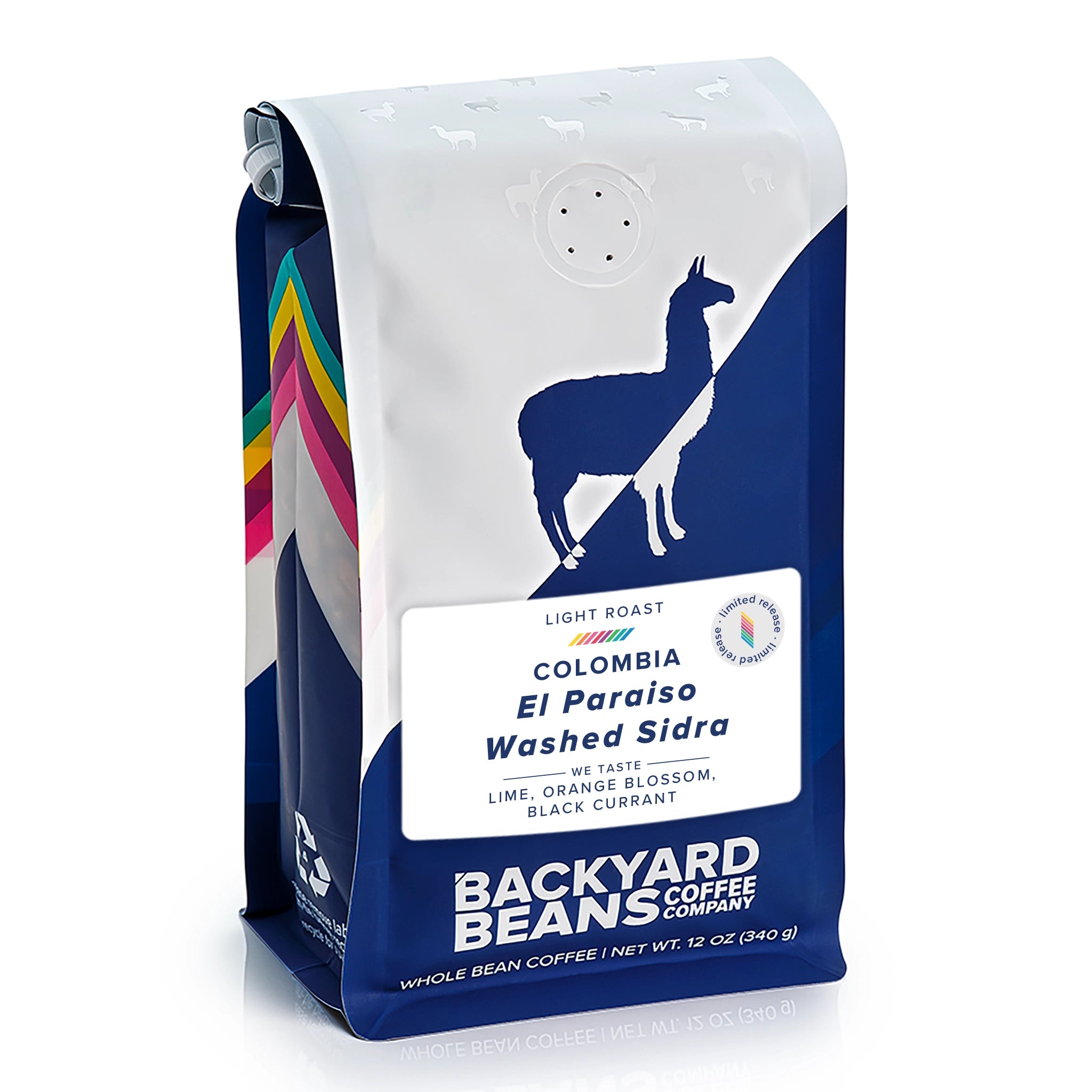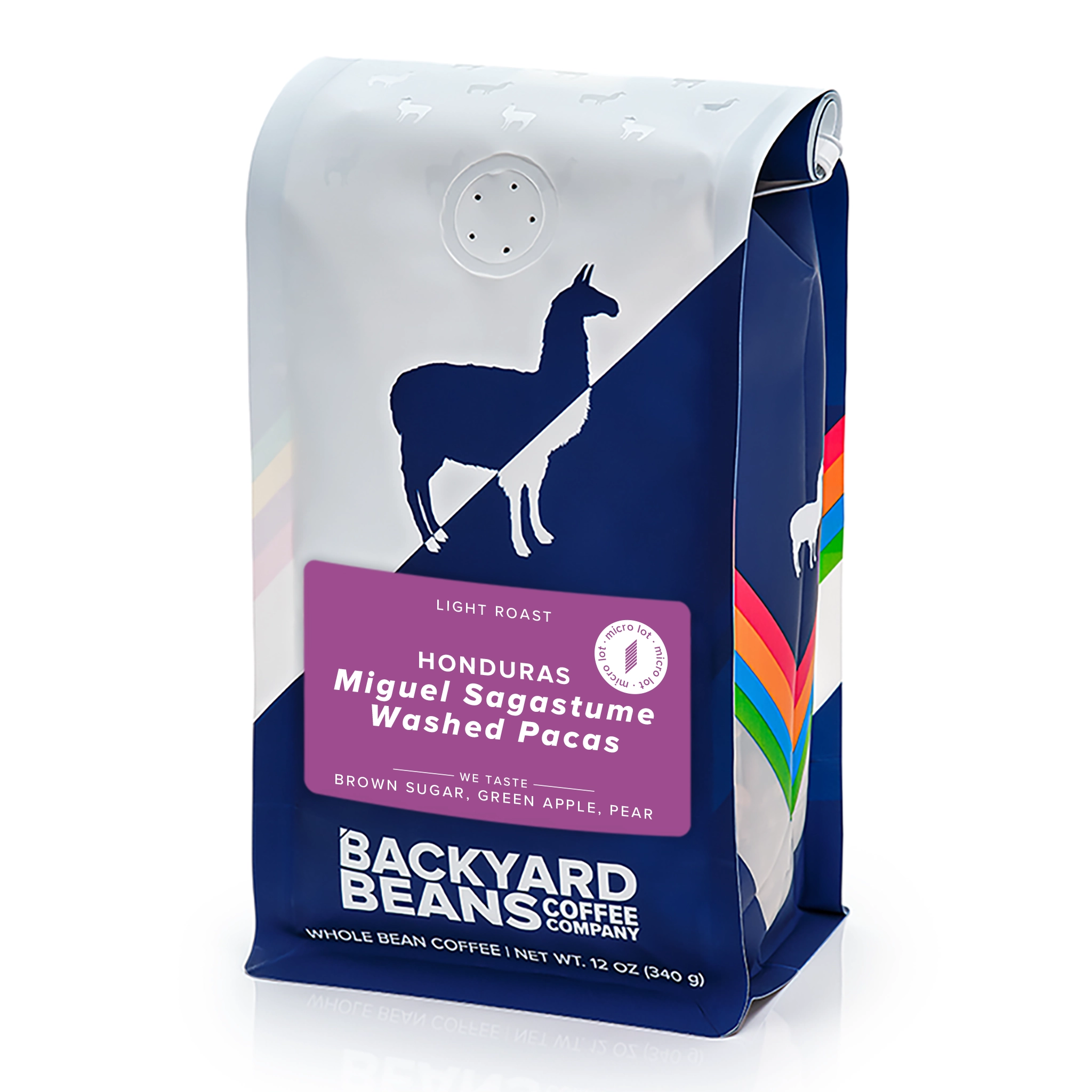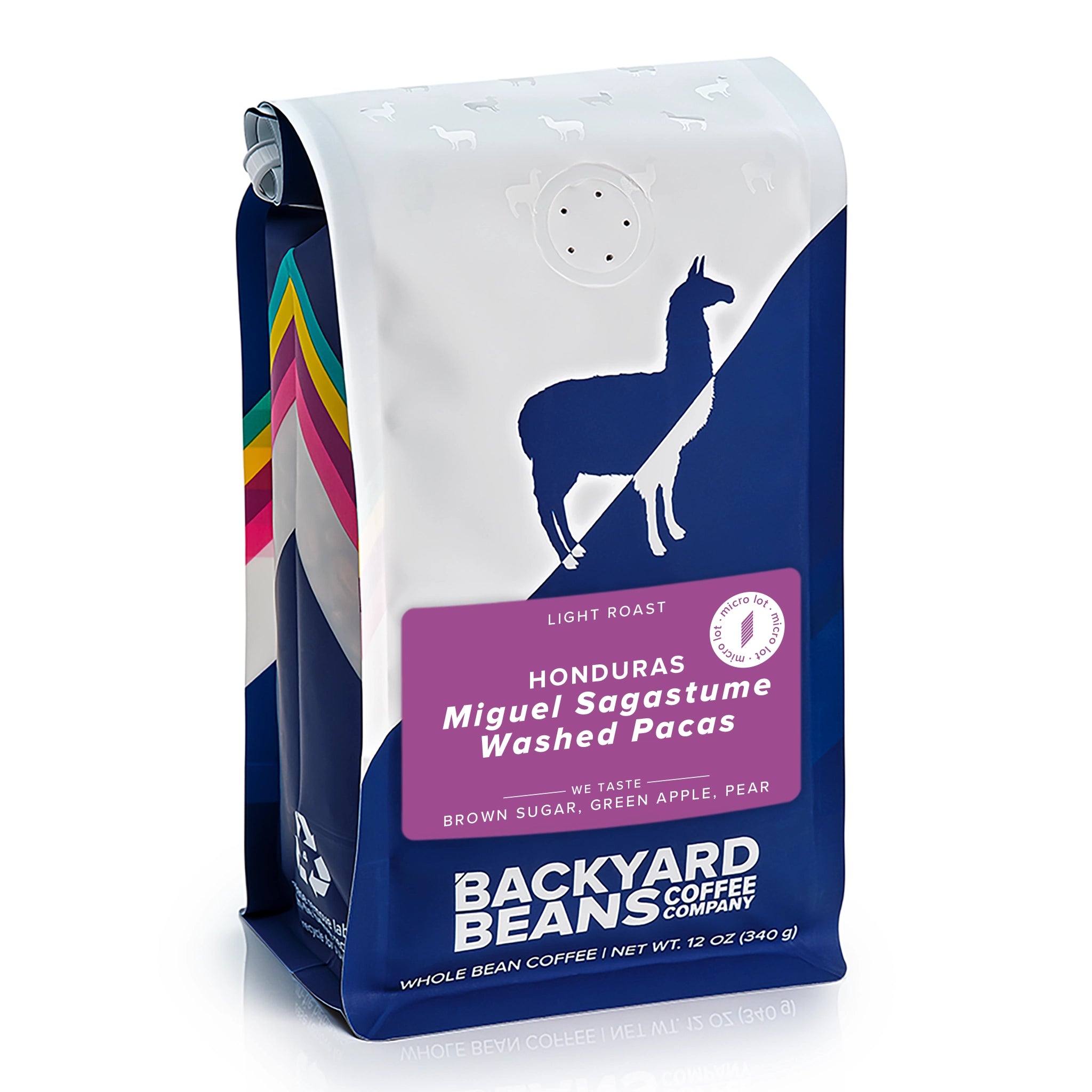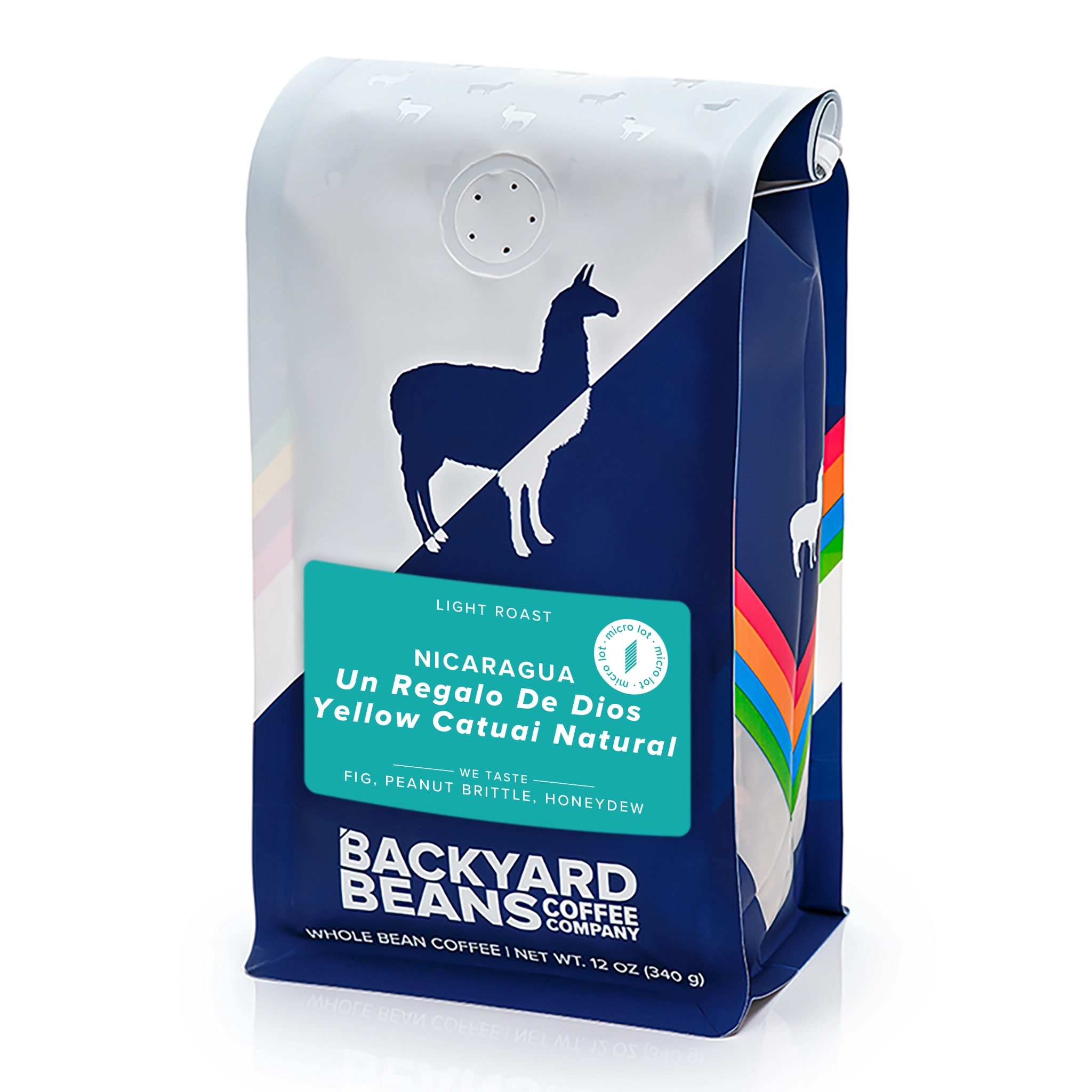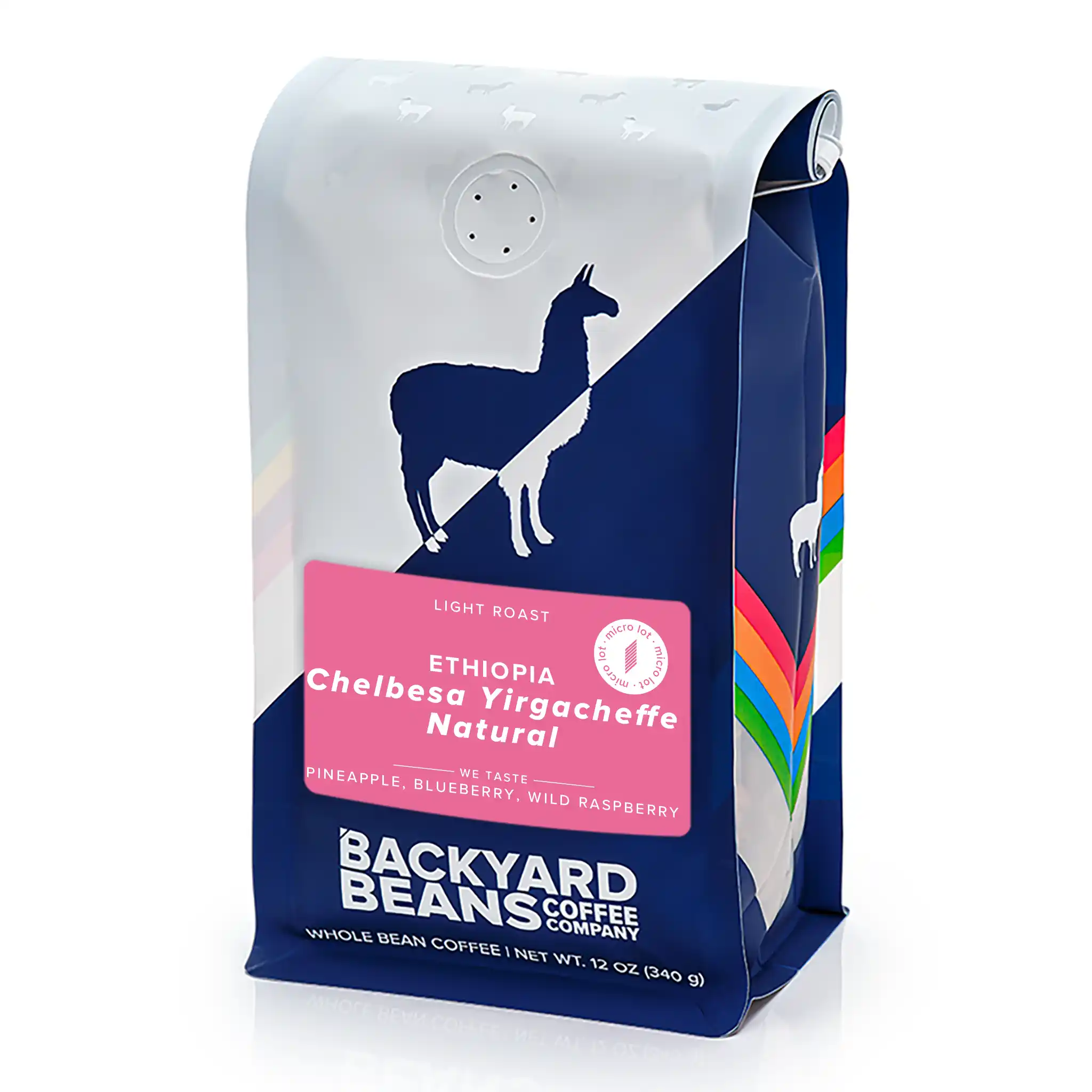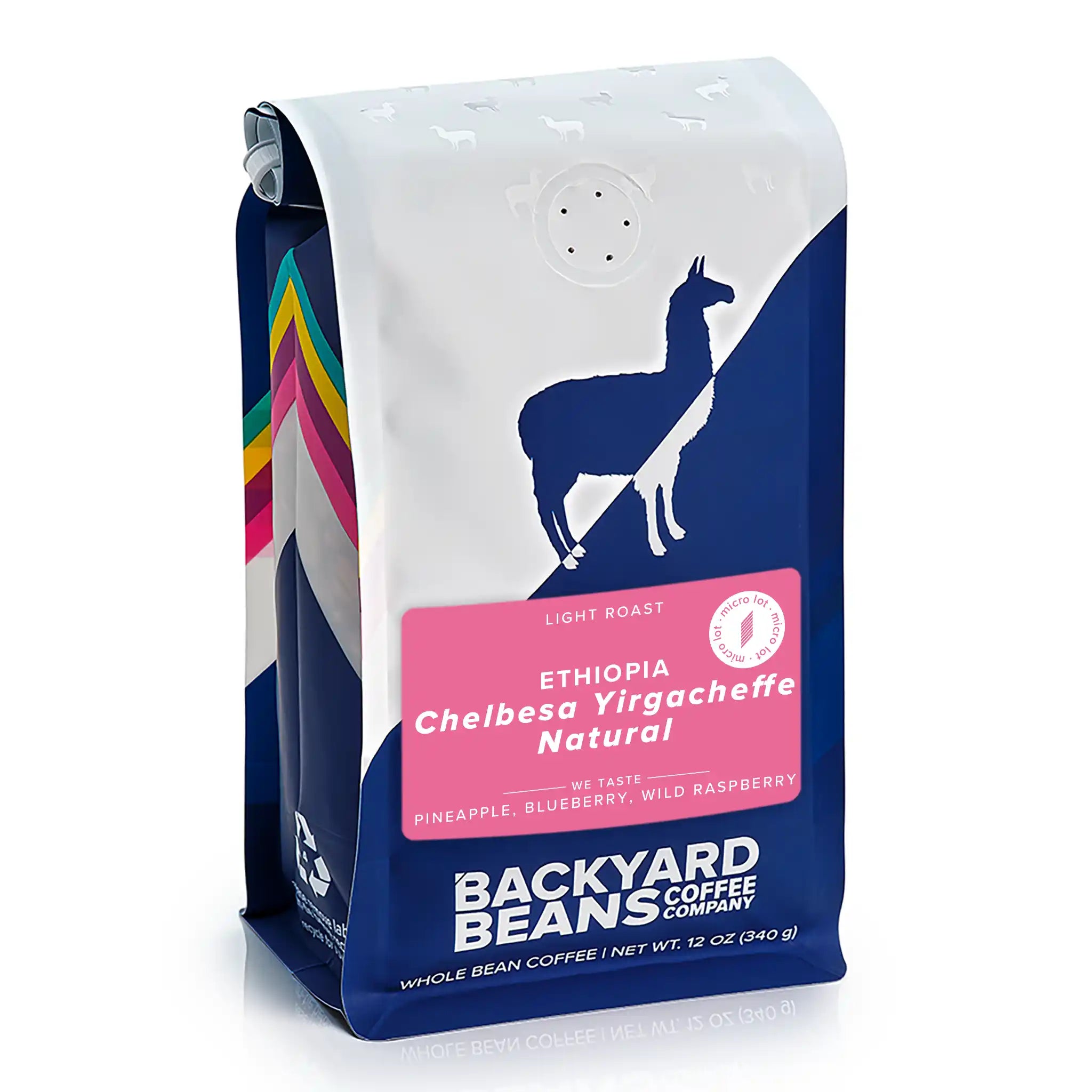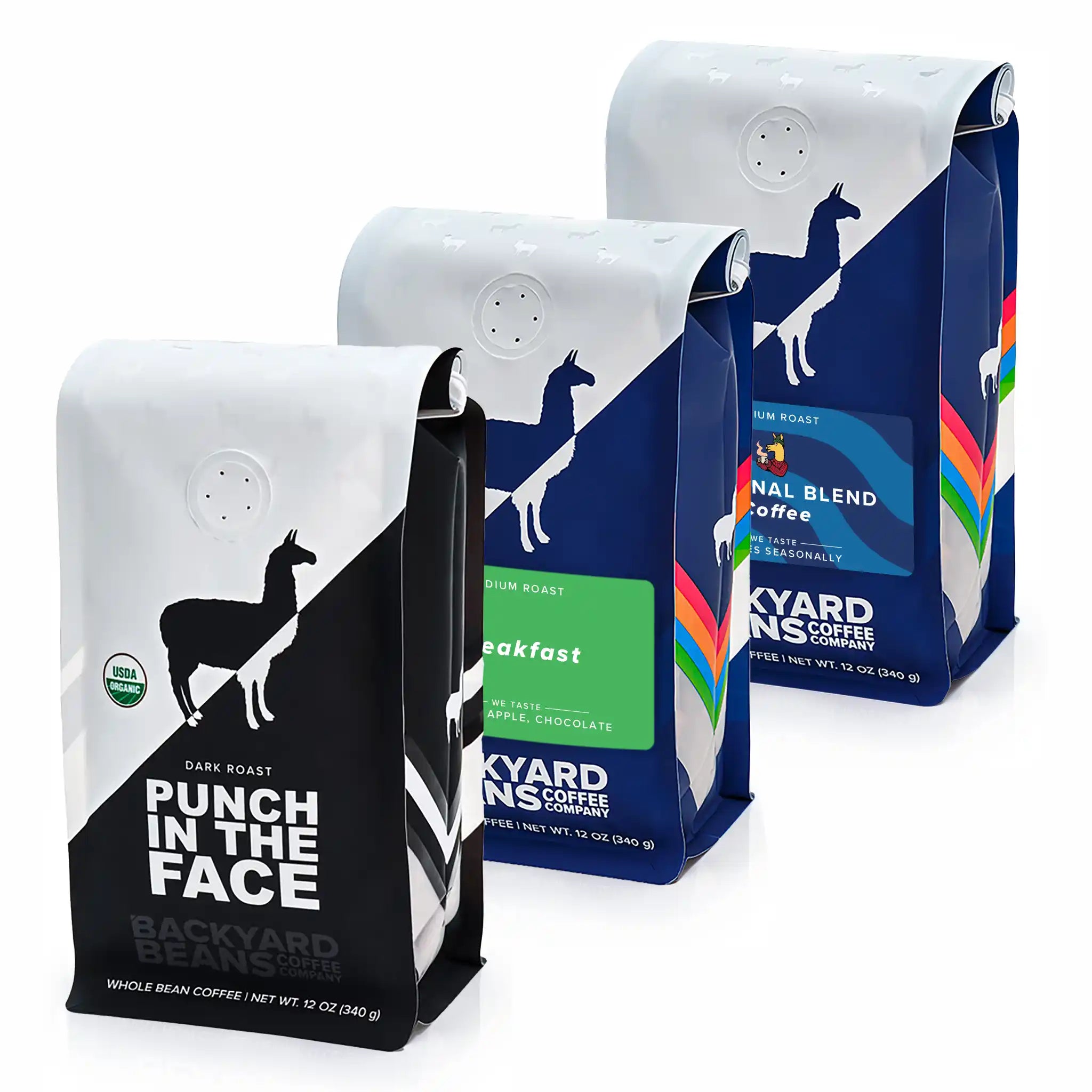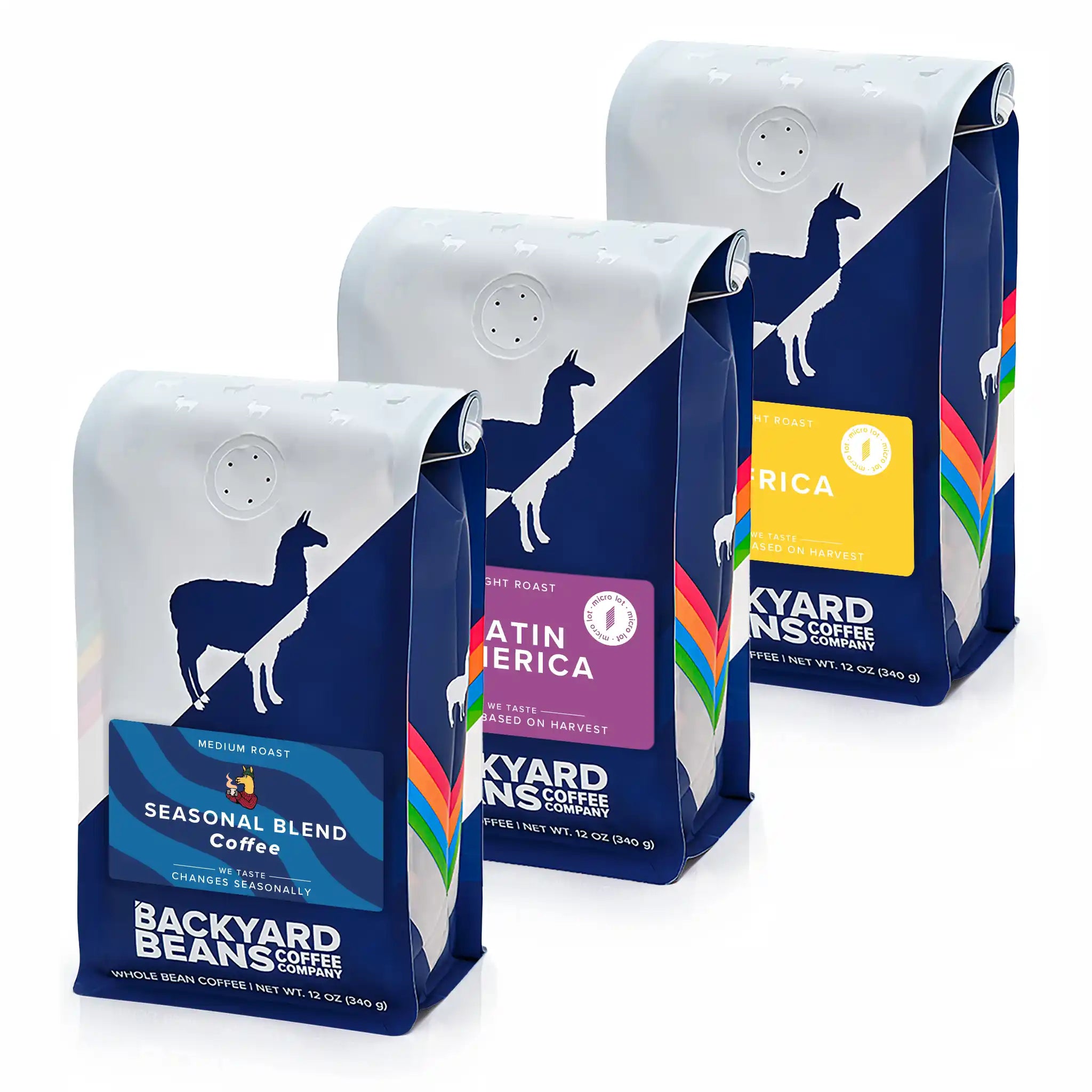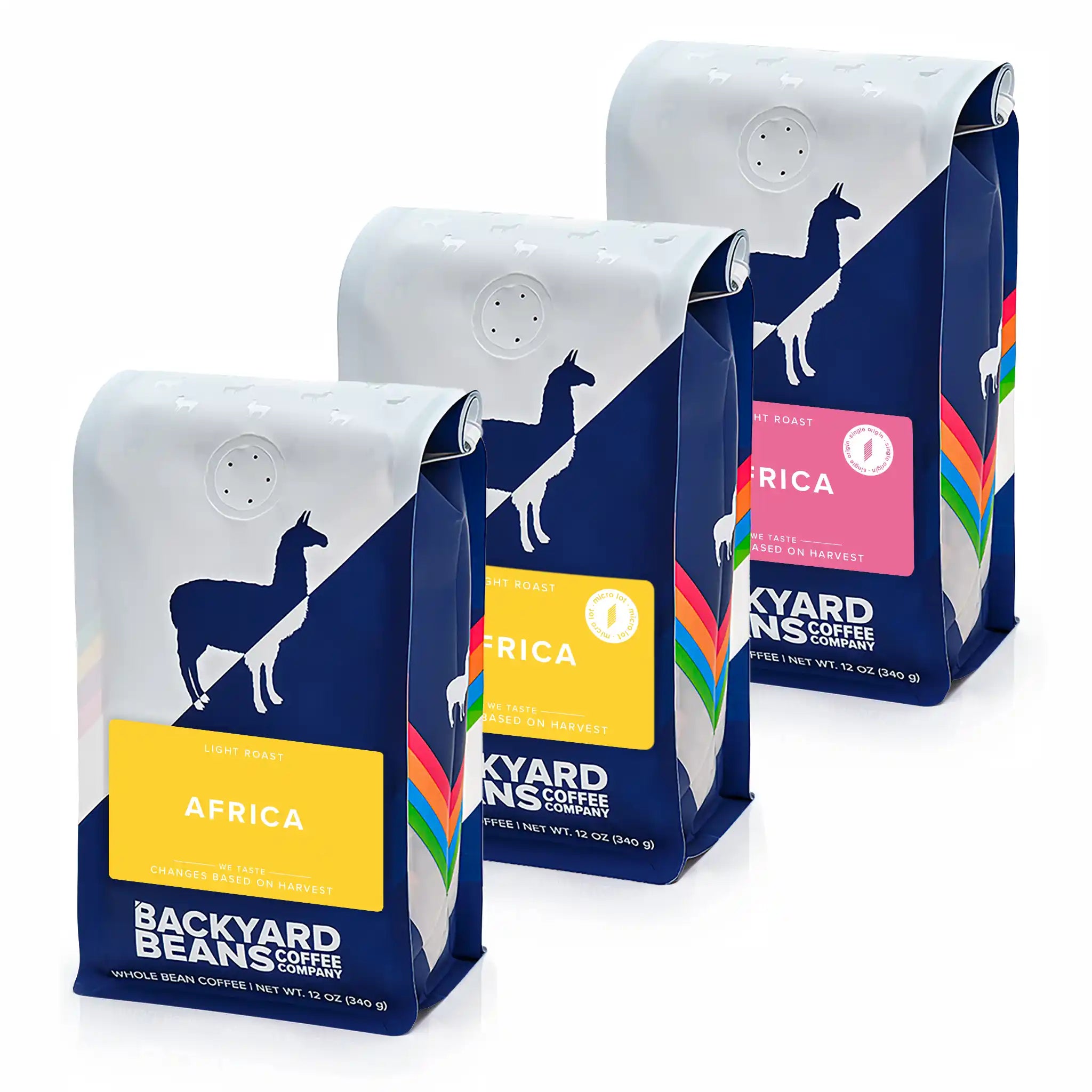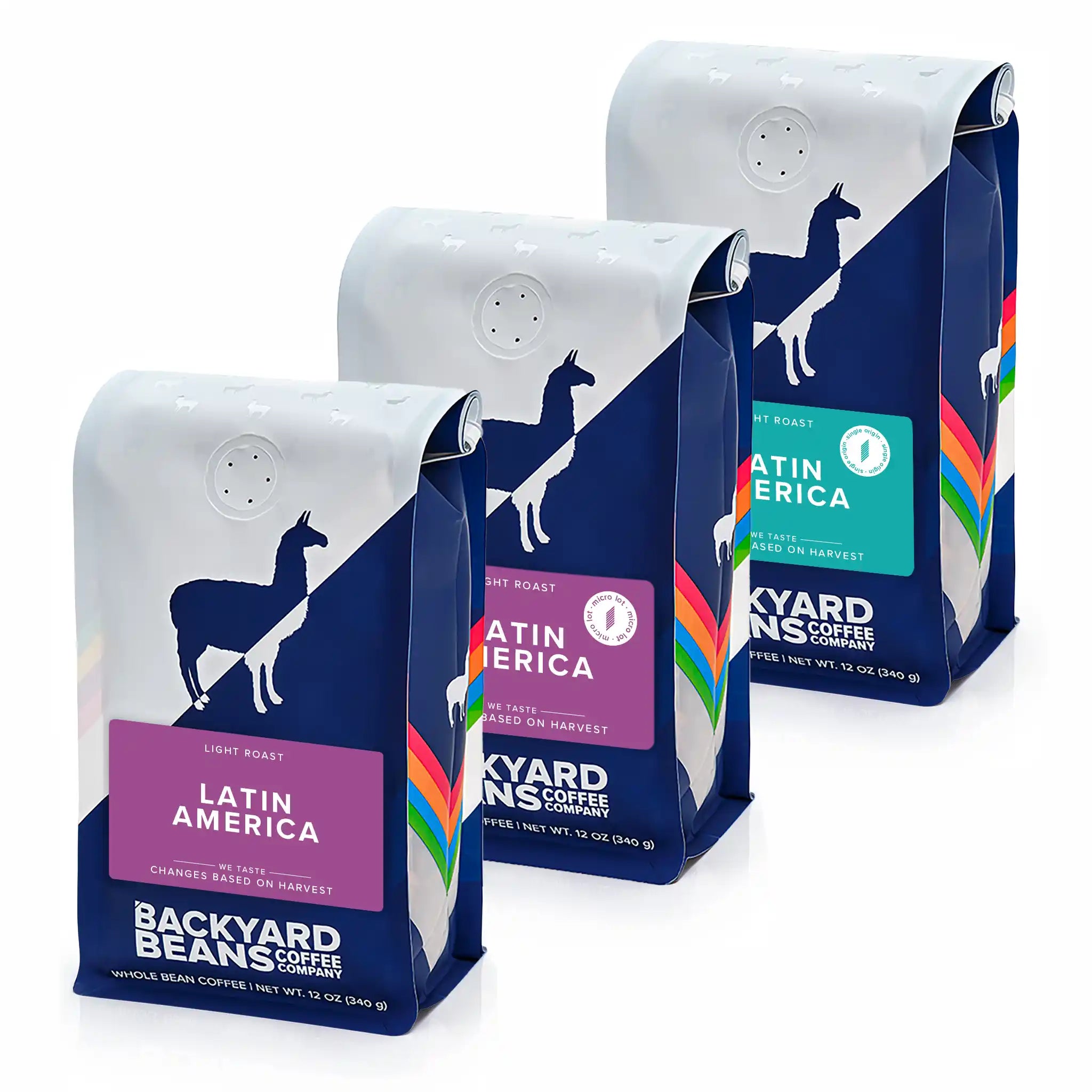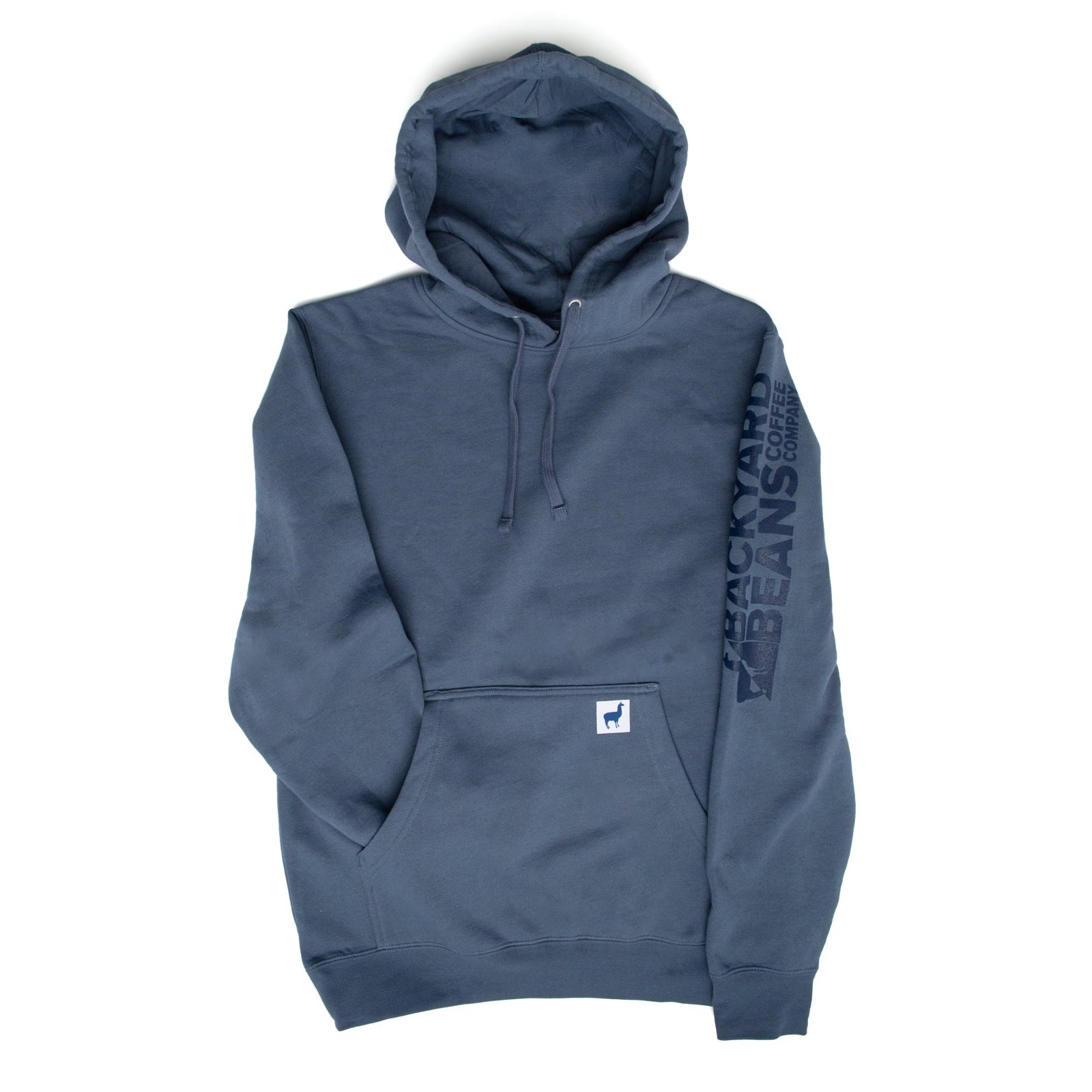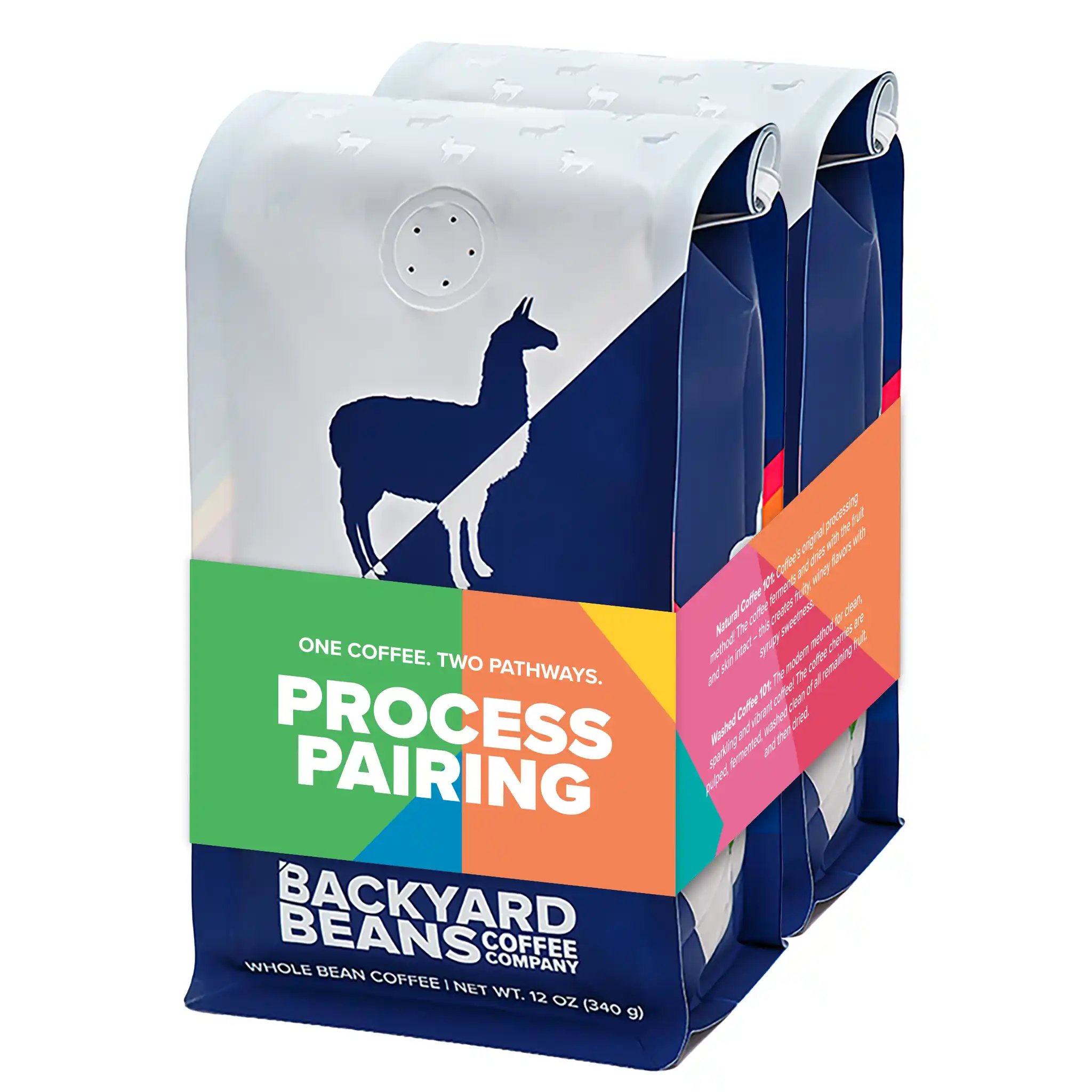
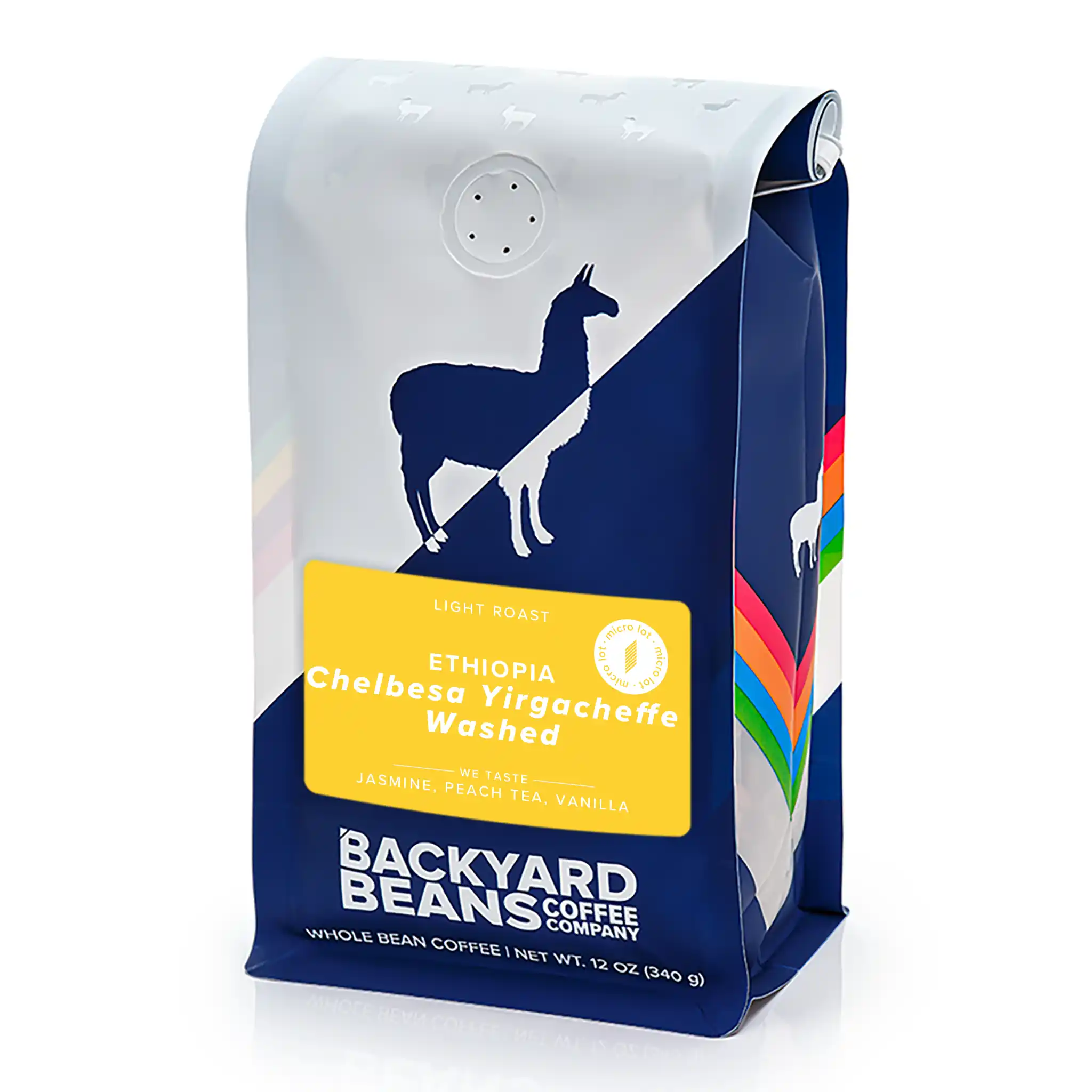
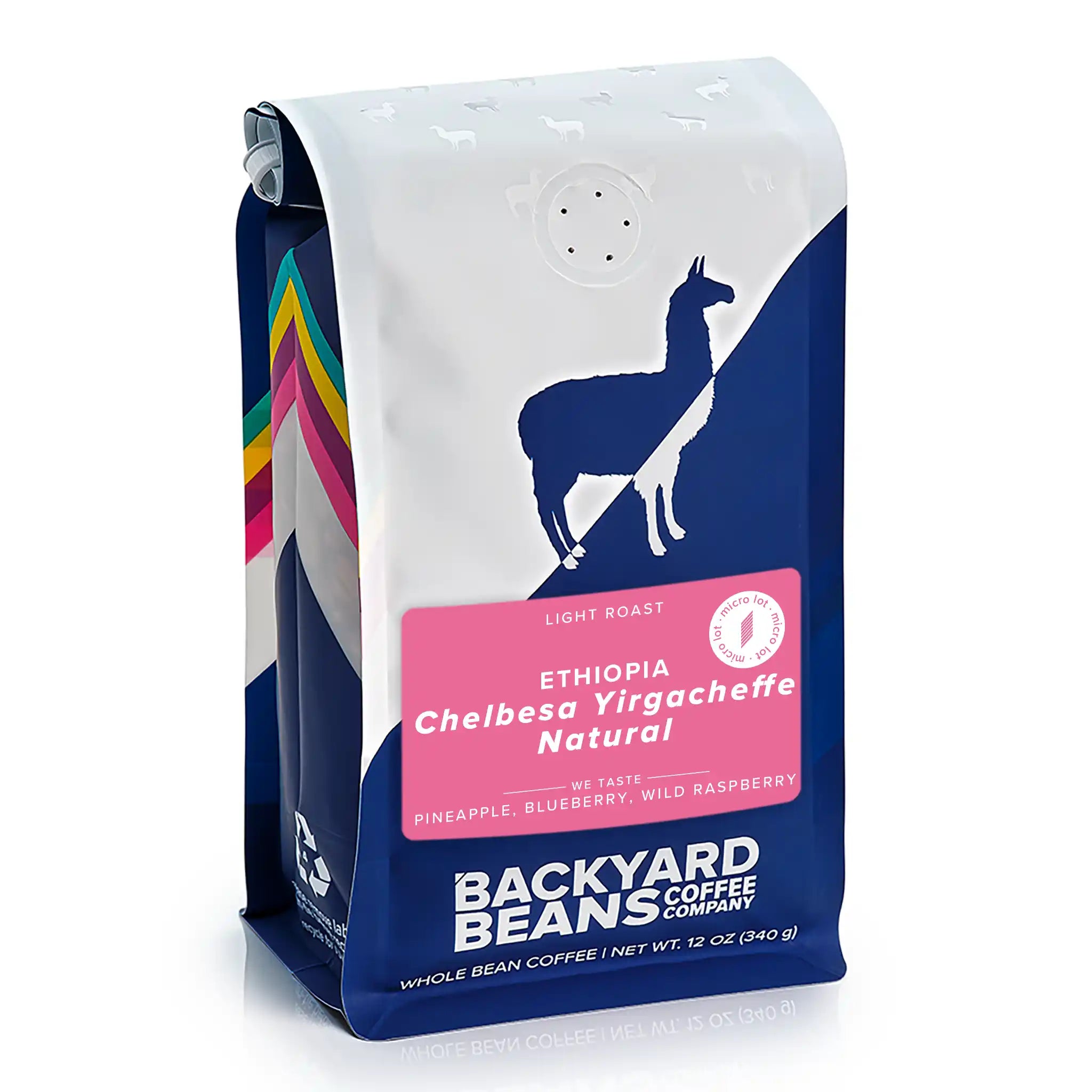
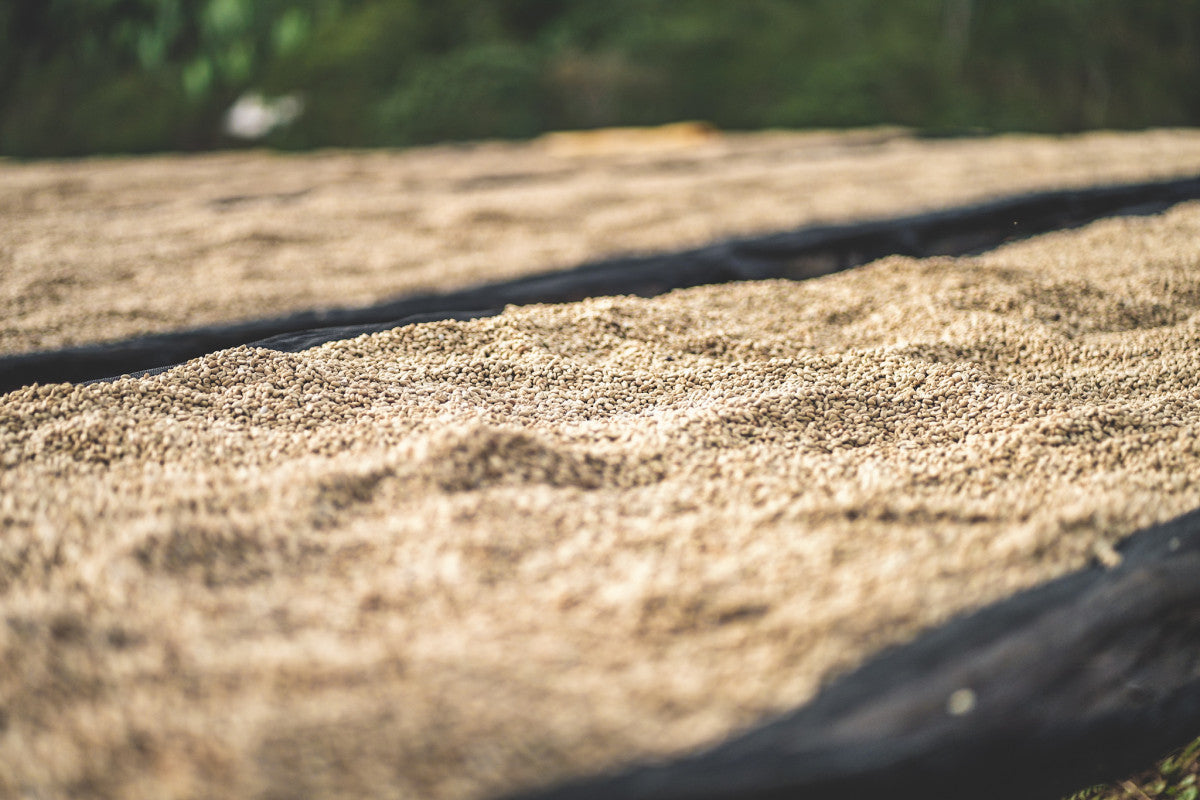
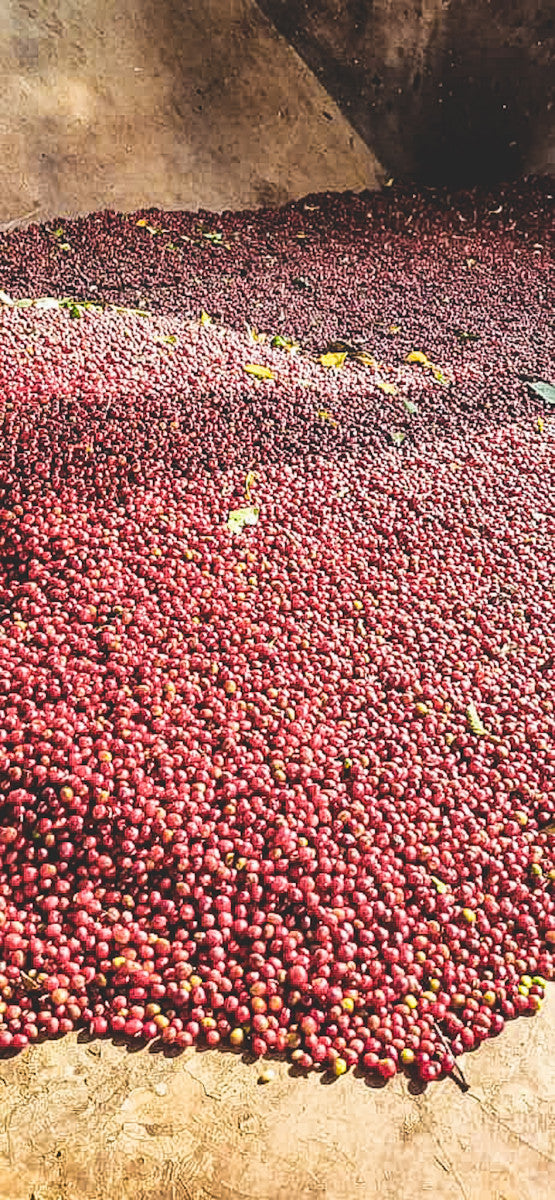
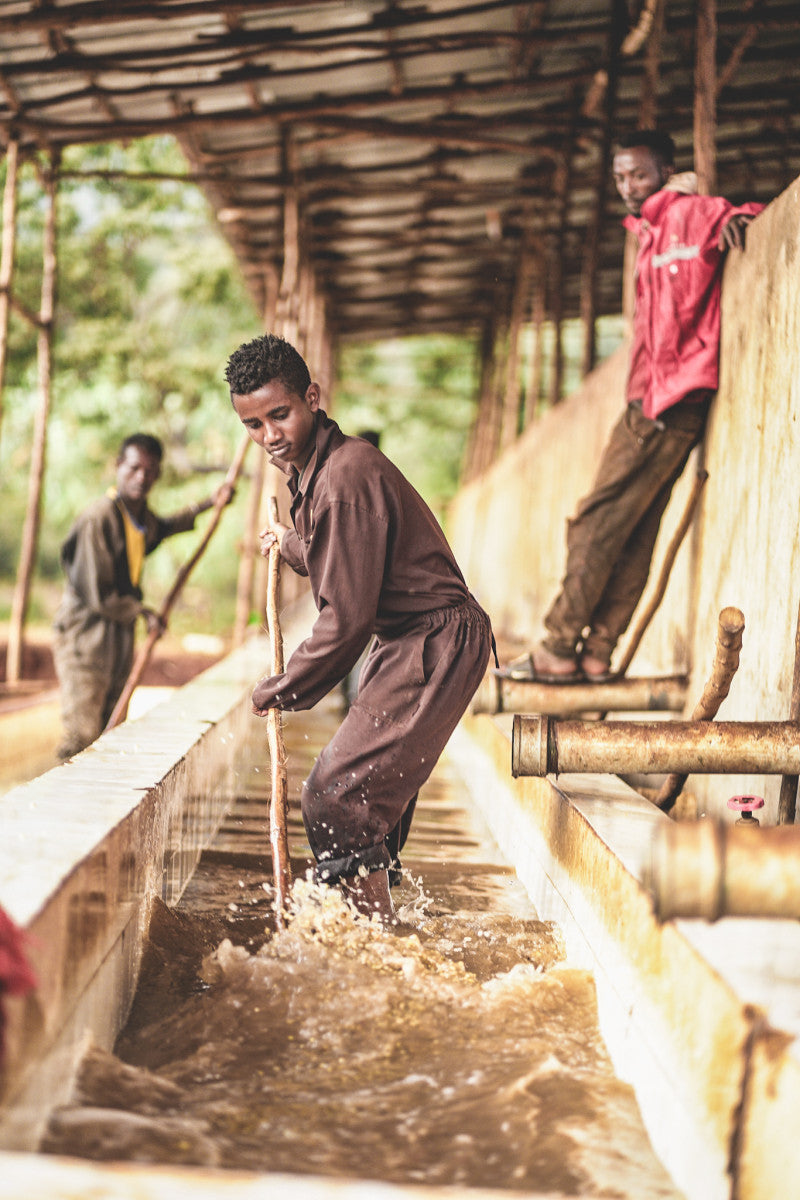
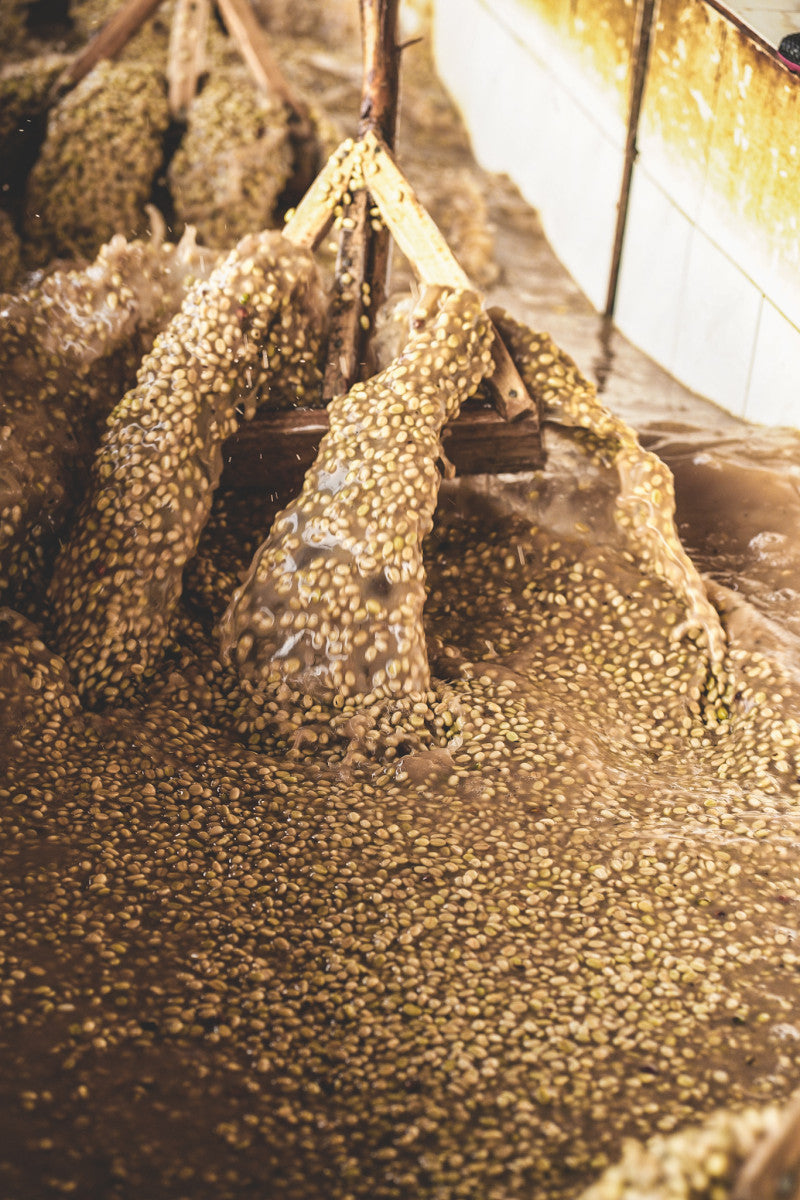

Process Pairing - Ethiopia Chelbesa
One Coffee. Two Pathways.
Natural Coffee 101: Coffee's original processing method! The coffee ferments and dries with the fruit and skin intact – this creates fruity, winey flavors with syrupy sweetness.
Washed Coffee 101: The modern method for clean, sparkling and vibrant coffee! The coffee cherries are pulped, fermented, washed clean of all remaining fruit, and then dried.
Chelbessa
Yirgacheffe produces some of the world's more elegant and refined coffees with effervescent aromas and flavors. It comes natural here for coffee producers, making coffee producers in other countries jealous at how effortless these coffees come about. The climate is just right, the soil is perfect, and the culture has maintained the coffee history generation after generation. In fact, the locals roast and brew their own coffee, a rarity in the coffee growing regions. It is in their blood here. It’s hard to pick what is better – washed process Yirgacheffes, or natural process Yirgacheffes. With this pairing pack, you don’t have to decide.
Smallholder farmers deliver their cherries to the washing station in Chelbessa for processing. First, the cherries are placed in water for sorting and removing floaters.
For the washed lot, cherries are then de-pulped, dry-fermented for 96 hours and washed to remove the mucilage. The parchment is then laid out to dry on raised beds for 12-14 days.
For the Natural lot, the cherries are dry-fermented in tanks for 3 days, then placed on raised beds to dry in the sun. The cherries are constantly moved each day, taking 16-21 days to fully dry.
SNAP operates 7 washing stations in key coffee-producing areas like Sidama, Yirgacheffe, and the Guji Zone. SNAP focuses its operation on three fundamental pillars – Consistency, Education, and Sustainability. It is within their purpose to improve the livelihood of supporting farmers, and last year their team of agronomists trained more than 6,000 farmers in land and nursery management, and climate-smart agriculture through crop diversification and intercropping.
Choose options








Shop our collections

